It's Woodpecker Week on iNaturalist! Jan 10 - 16
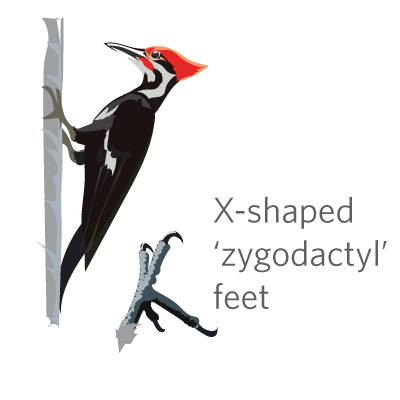
This week as part of the Critter Calendar we are featuring a group of birds known as Piciformes.
Woodpeckers with their near global distribution are the best known, but the group also includes eight other lesser known families confined to the tropics. All Piciformes share X-shaped 'zygodactyl' feet with two toes pointing forward and two pointing backwards - most birds have just one toe pointing back.
Woodpeckers
Woodpeckers are easily identified by their habit of drumming into and prying at bark in search of food with their strong bills. The group includes large species like the Pileated Woodpecker pictured at top as well as smaller species like the Downy Woodpecker. Many large woodpeckers are dependant on old-growth forests for food. As this habitat has declined, several species of large woodpecker including the Ivory-billed and Imperial Woodpeckers have recently gone extinct. While most woodpeckers drill holes to search for insects or sap, Acorn Woodpeckers drill holes to store acorns and keep them safe from squirrels. Lewis's Woodpecker was discovered on the Lewis and Clark Expedition and represents one of the few surviving specimens brought back from that expedition.
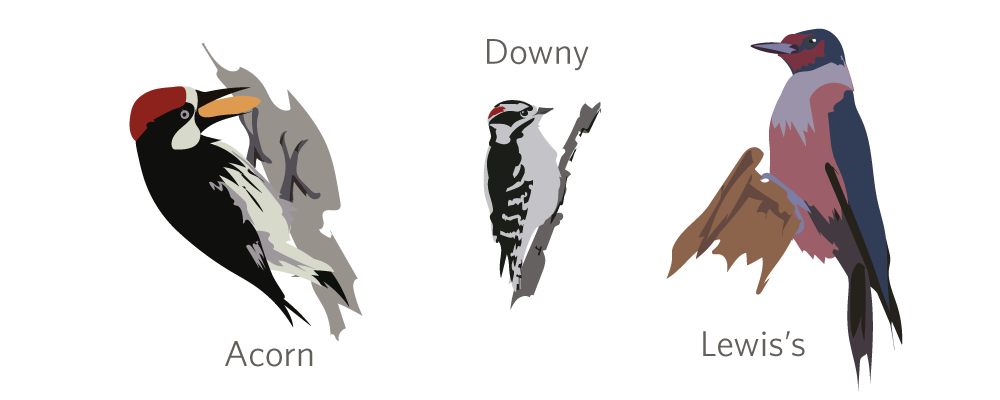
Toucans
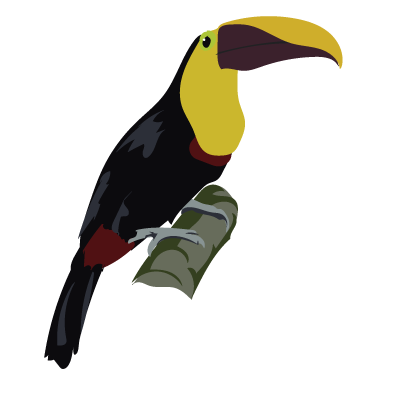
Toucans are well known for their colorful plumage and large beautiful bills. These birds primarily eat fruit and are confined to the neotropics. In the paleotropics, an unrelated group of birds called Hornbills occur that have similar habits and physical characteristics.
Jacamars and Puffbirds
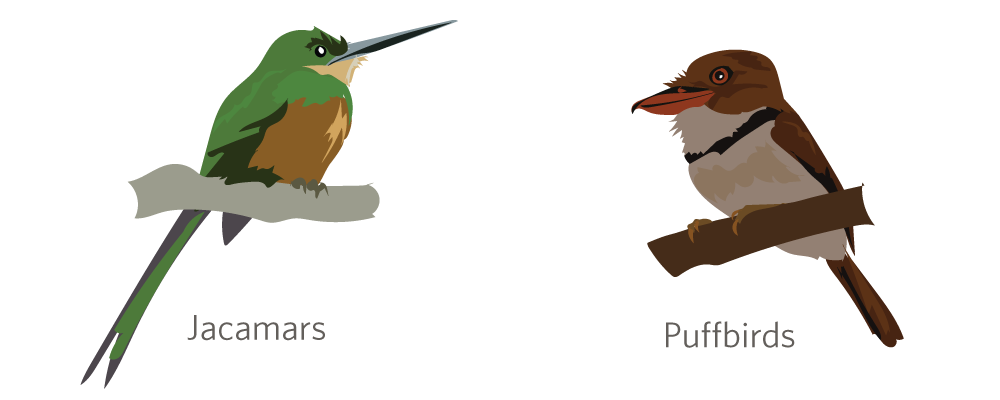
Two other families confined to the neotropics are the closely related jacamars and puffbirds. Both are sit-and-wait hunters that perch motionless on branches and ambush insects that fly by. Jacamars look like oversized hummingbirds with long bills and metalic plumage. Puffbirds have a puffy, large-headed appearance.
Honeyguides
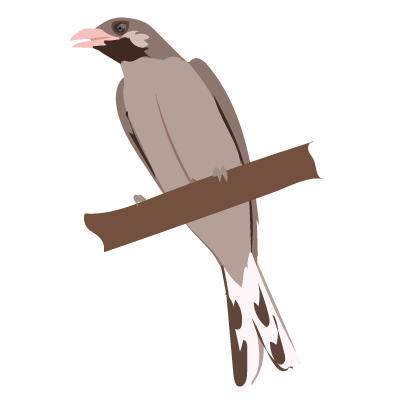
Honeyguides have a paleotropical distribution. Their unusual diet of beeswax has resulted in a habit of leading honey badgers, humans, and other honey-eating mammals to beehives. After the mammal has done the hard work of breaking up the hive, the honeyguide has access to all the beeswax it can eat.
Barbets
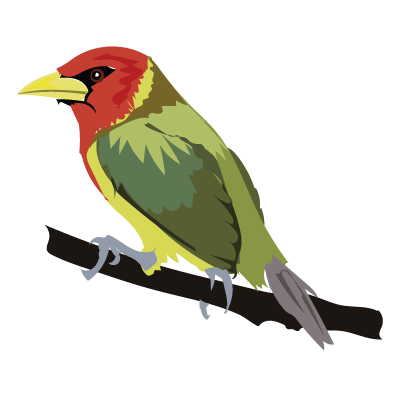
Barbets were once thought to be a single widely distributed family of birds, but were recently found to represent four distinct families. Two families live in the neotropics, one lives in Africa, and one lives in Asia. However, all have the similar appearance of stocky little short-billed toucans like the Red-headed Barbet pictured here. Like toucans, barbets are colorful and primarily eat fruit.
If you think you see any of these this week, share your observations with us. We'll be keeping track here. Happy Piciforme hunting!





Comentários
Fascinating studies on the brood parasitism of the honeyguides: http://www2.zoo.cam.ac.uk/africancuckoos/systems/honeyguides.html
Did not know this before... Amazing stuff. Thanks for enlightening me on woodpecker week! :)
wow - I didn't know they were brood parasites, those hooks on the hatchlings beaks are brutal!
Geez... Happy woodpecker week, I guess. :-/
Adicionar um Comentário